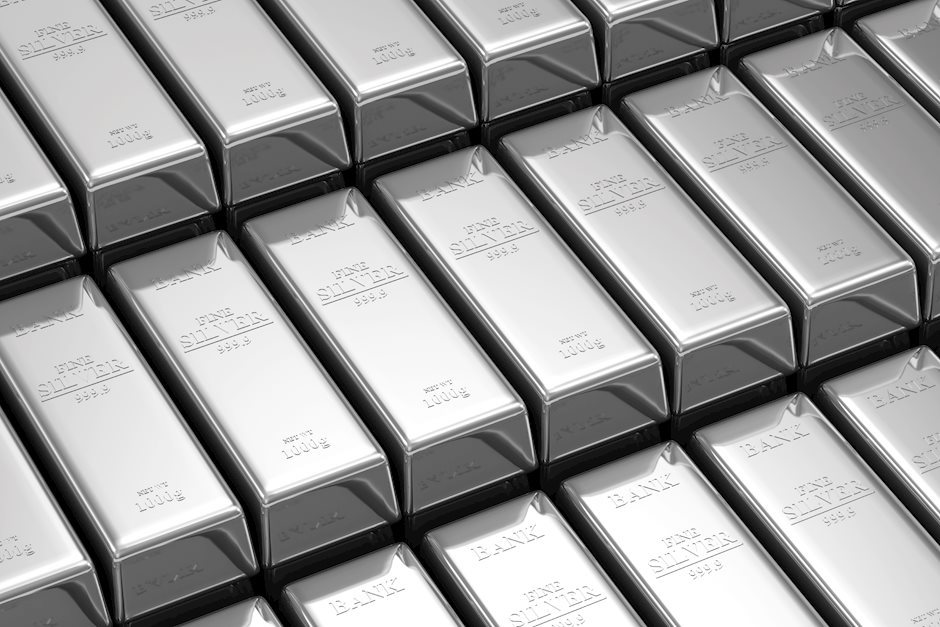Silver Price Forecast: XAG/USD falls below $30.00 due to easing geopolitical tensions
- Silver price depreciates due to safe-haven flows diminishing amid easing Middle-East tensions.
- A ceasefire between Israel and the Lebanese armed group Hezbollah was successfully upheld on Wednesday.
- Dollar-denominated Silver faces headwinds as an improved US Dollar increases its cost for buyers using other currencies, potentially dampening demand.

Silver price (XAG/USD) extends its losses for the second consecutive day, trading around $29.90 per troy ounce during the Asian session on Thursday. The decline in Silver prices can be attributed to safe-haven flows diminishing amid easing geopolitical tensions in the Middle East.
A ceasefire between Israel and the Lebanese armed group Hezbollah was successfully upheld on Wednesday, following a deal mediated by the United States (US) and France. This truce has allowed people in the border areas, devastated by 14 months of conflict, to begin returning to their homes. However, Israel continues its military operations against Hamas in the Gaza Strip, according to Reuters.
The price of dollar-denominated Silver has been pressured by an improved US dollar (USD) as the Federal Reserve (Fed) is likely to remain cautious about cutting interest rates following Wednesday's robust inflation data. The report indicated solid growth in consumer spending for October, but it also highlighted a stagnation in progress toward lowering inflation, keeping the Fed on alert.
The US Personal Consumption Expenditures (PCE) Price Index increased by 2.3% year-over-year in October, up from 2.1% in September. Meanwhile, the core PCE Price Index, which excludes volatile food and energy prices, rose by 2.8%, slightly higher than the 2.7% recorded the previous month. Both figures aligned with market expectations, indicating steady inflationary pressure within the economy.
Demand of the non-yielding Silver receives downward pressure due to optimism in the bond market following the selection of Scott Bessent as US Treasury Secretary in the incoming administration. Bessent has advocated for a phased approach to trade restrictions and expressed a willingness to negotiate tariff levels in coordination with President-elect Donald Trump.
Silver traders still assess the recent Federal Open Market Committee's (FOMC) Meeting Minutes for the policy meeting held on November 7, which indicated that policymakers are adopting a cautious stance on cutting interest rates, citing easing inflation and a robust labor market.
According to the CME FedWatch Tool, futures traders are now pricing in a 68.1% chance that the Fed will cut rates by a quarter point in December, up from 59.4%, a day ago. Nonetheless, they anticipate the Fed leaving rates unchanged at its January and March meetings.
Silver FAQs
Silver is a precious metal highly traded among investors. It has been historically used as a store of value and a medium of exchange. Although less popular than Gold, traders may turn to Silver to diversify their investment portfolio, for its intrinsic value or as a potential hedge during high-inflation periods. Investors can buy physical Silver, in coins or in bars, or trade it through vehicles such as Exchange Traded Funds, which track its price on international markets.
Silver prices can move due to a wide range of factors. Geopolitical instability or fears of a deep recession can make Silver price escalate due to its safe-haven status, although to a lesser extent than Gold's. As a yieldless asset, Silver tends to rise with lower interest rates. Its moves also depend on how the US Dollar (USD) behaves as the asset is priced in dollars (XAG/USD). A strong Dollar tends to keep the price of Silver at bay, whereas a weaker Dollar is likely to propel prices up. Other factors such as investment demand, mining supply – Silver is much more abundant than Gold – and recycling rates can also affect prices.
Silver is widely used in industry, particularly in sectors such as electronics or solar energy, as it has one of the highest electric conductivity of all metals – more than Copper and Gold. A surge in demand can increase prices, while a decline tends to lower them. Dynamics in the US, Chinese and Indian economies can also contribute to price swings: for the US and particularly China, their big industrial sectors use Silver in various processes; in India, consumers’ demand for the precious metal for jewellery also plays a key role in setting prices.
Silver prices tend to follow Gold's moves. When Gold prices rise, Silver typically follows suit, as their status as safe-haven assets is similar. The Gold/Silver ratio, which shows the number of ounces of Silver needed to equal the value of one ounce of Gold, may help to determine the relative valuation between both metals. Some investors may consider a high ratio as an indicator that Silver is undervalued, or Gold is overvalued. On the contrary, a low ratio might suggest that Gold is undervalued relative to Silver.
Author

Akhtar Faruqui
FXStreet
Akhtar Faruqui is a Forex Analyst based in New Delhi, India. With a keen eye for market trends and a passion for dissecting complex financial dynamics, he is dedicated to delivering accurate and insightful Forex news and analysis.

















